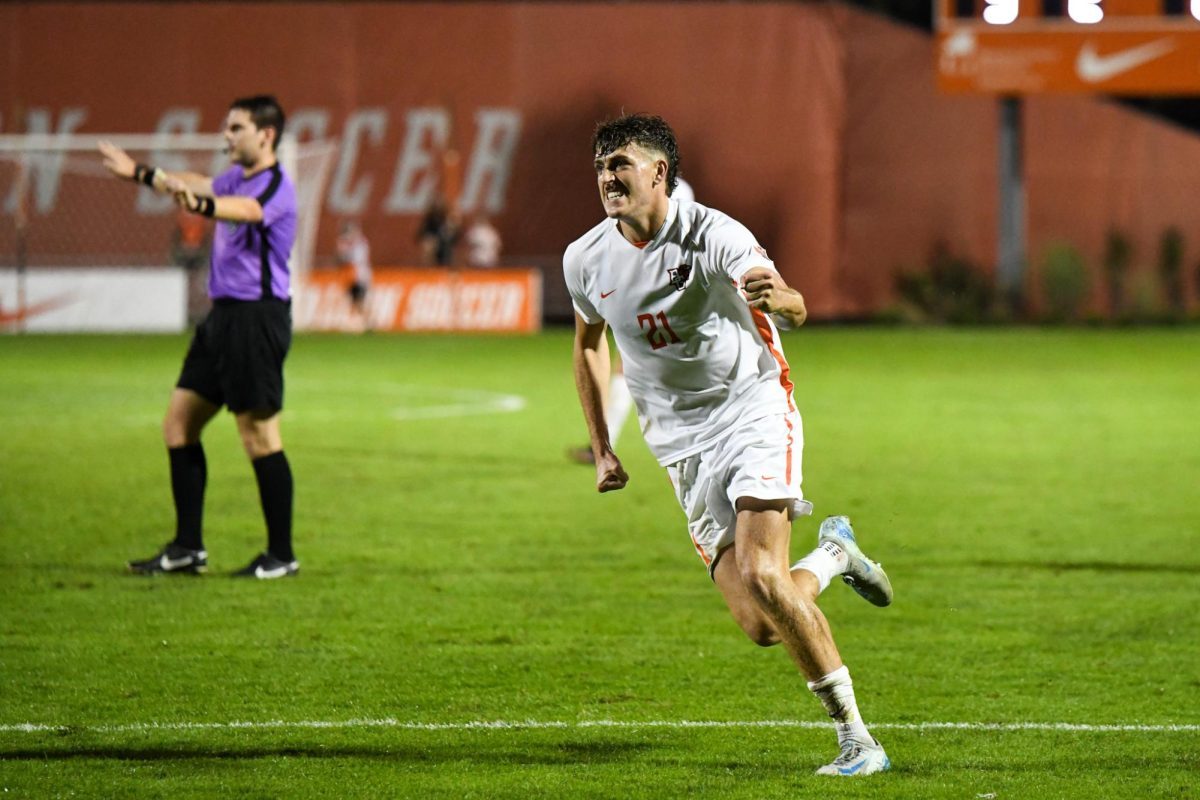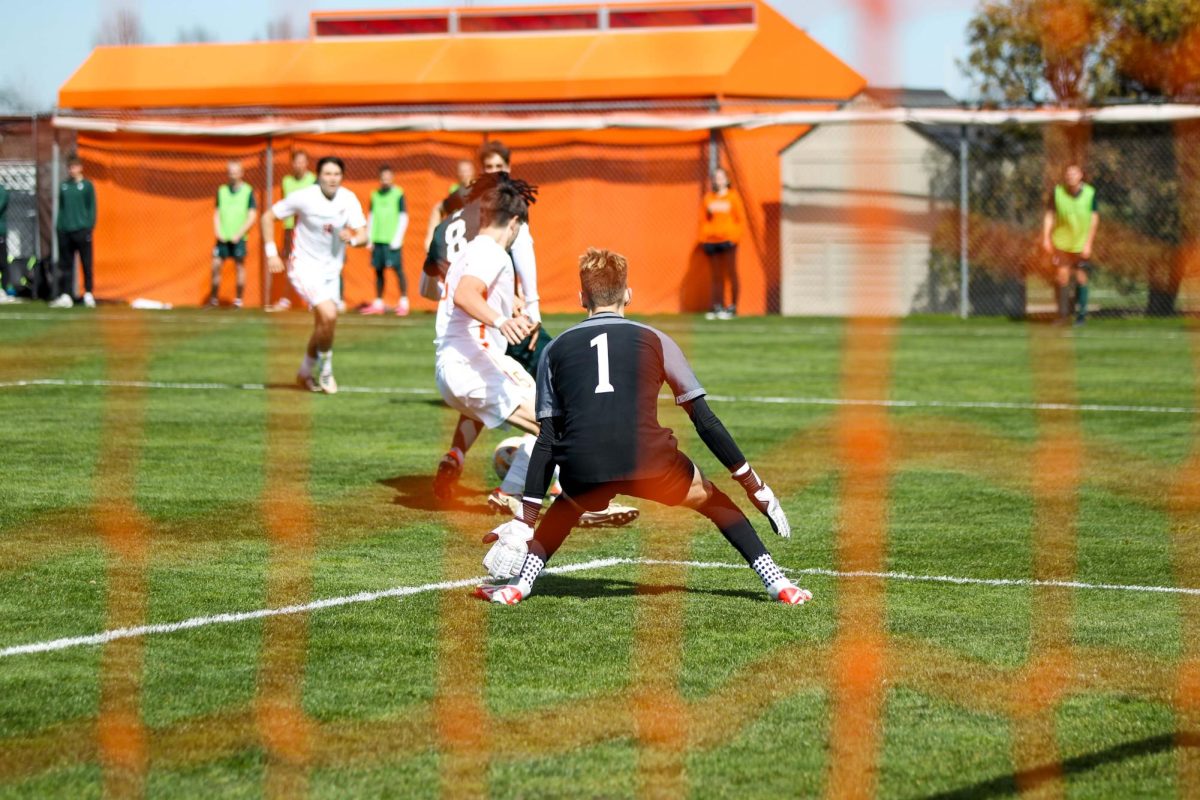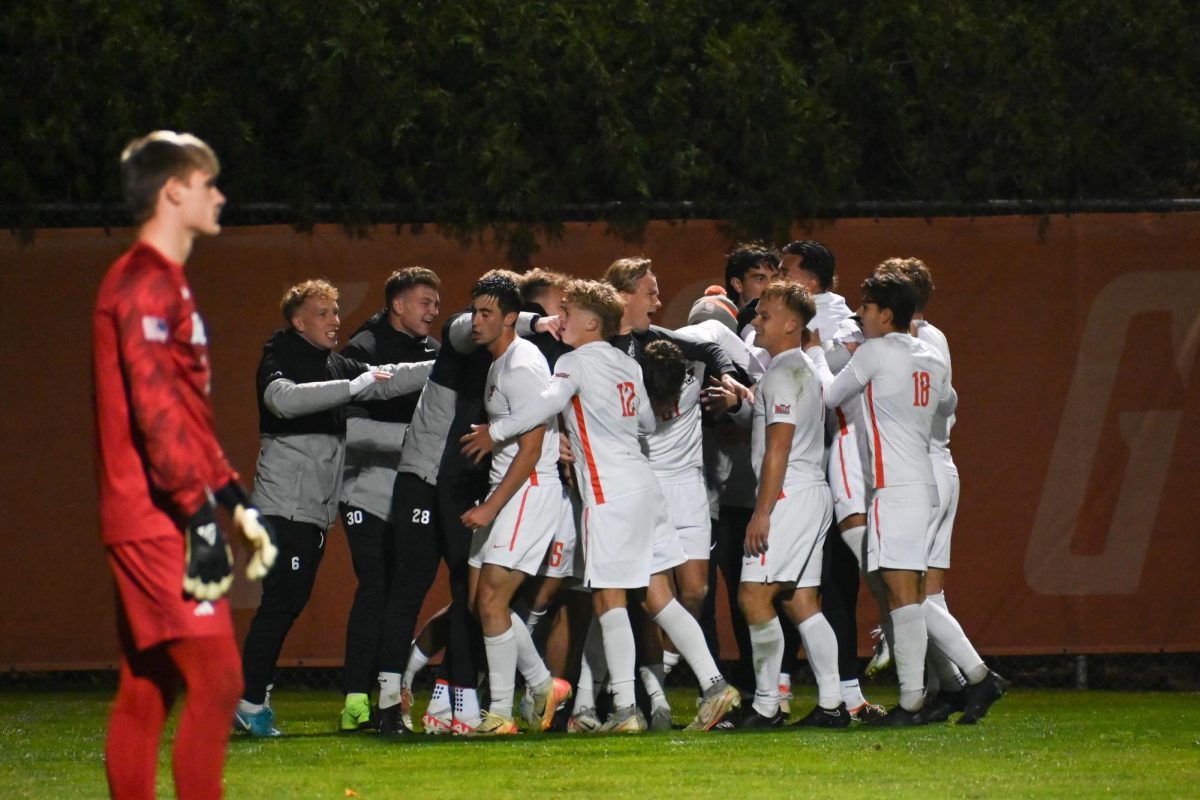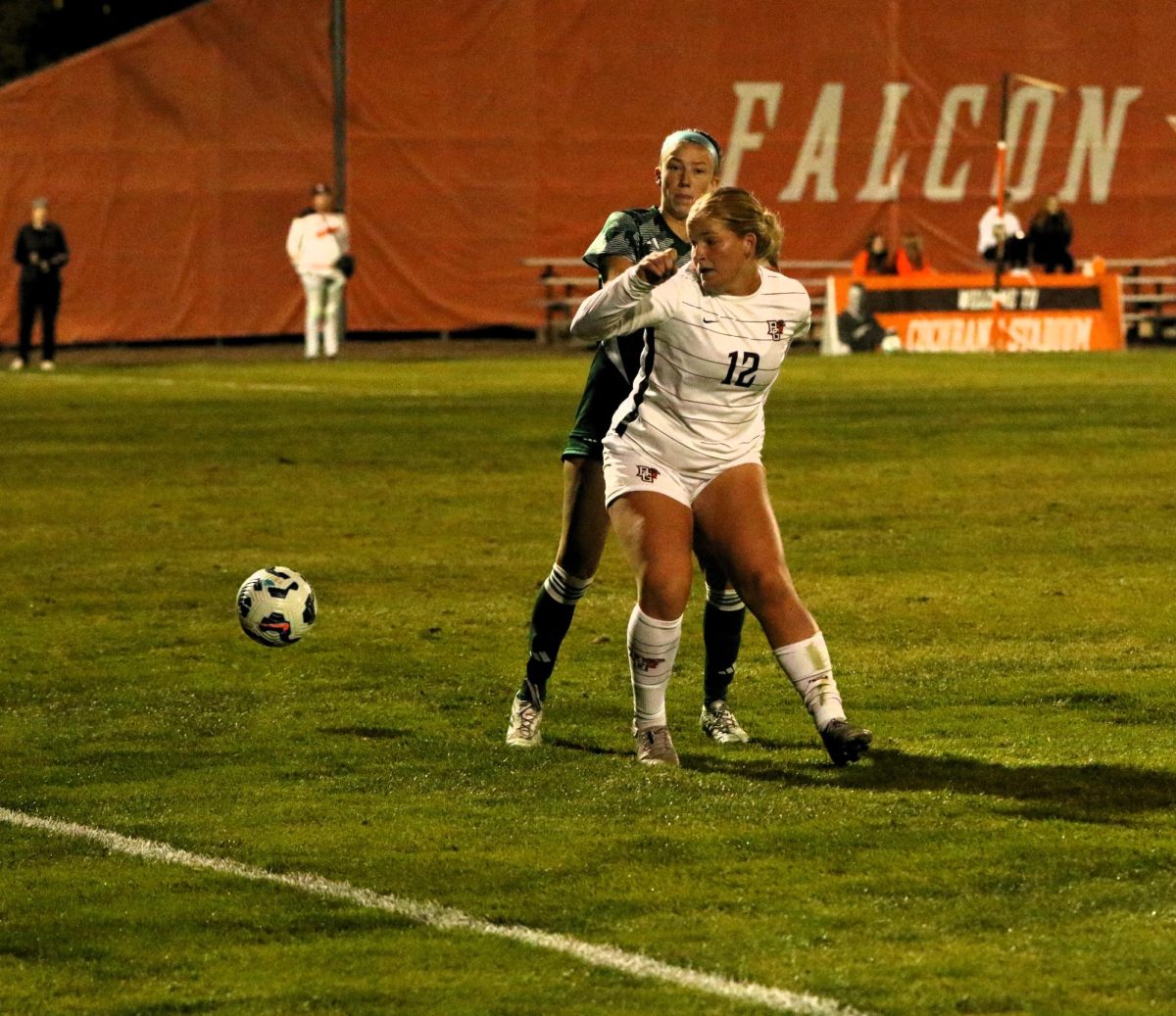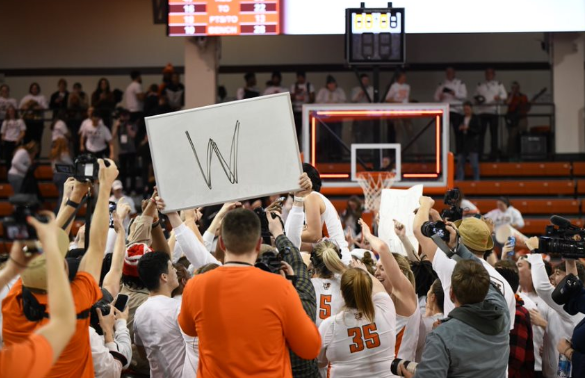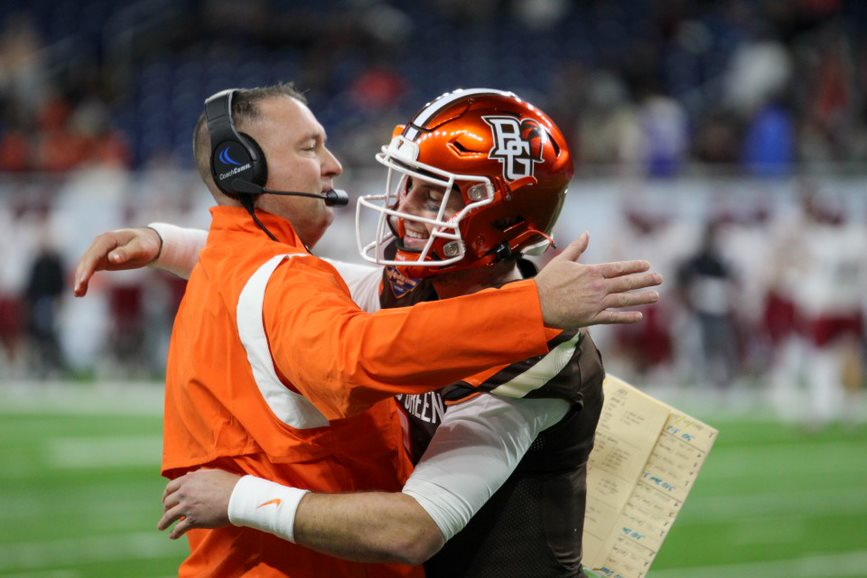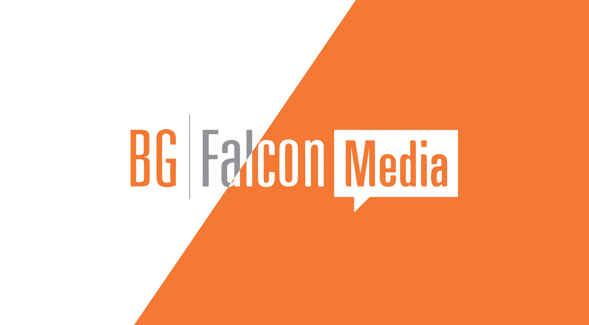You’ve heard the expression “throw the baby out with the bathwater.”
It means doing such a good job of removing what is wrong that you eliminate what you were trying to improve.
It’s related to the notorious quotation attributed to a U.S. officer in the Vietnam War: “We had to destroy the village in order to save it.”
These phrases, along with Aesop’s fable of the goose that laid the golden eggs, often come to mind when I think about state-supported higher education in the United States.
As we know, public higher education is undergoing the first major contraction in its history. It is adjusting to political, technological and economic pressures and trying to stay affordable, effective and relevant.
If you are a student, you may feel the pressure of high tuition and the solution that the steadily privatizing public education system offers: large, long-term debts.
If you are an administrator, you may feel you’re caught between the Scylla of constantly reduced state funding and the Charybdis of pricing yourself out of the market.
If you are a faculty member, you may feel pressure to innovate rapidly and repeatedly. Frequent upgrades [or at least changed] and expansions of information technology, changing student demographics and rising student-to-faculty ratios are just a few of the challenges.
If you are a non-tenure-track faculty member, you likely feel the pressure of being in the fungible, part-time, temporary labor pool of college teachers. You may be working for more than one institution and earning wages too low for someone with graduate degrees and experience.
Of course, amid all these pressures the discussion continues of just what baby we’re bathing, what village we’re saving and where the goose’s value comes from. What is the point of higher education?
Some emphasize matching learned skills and knowledge to the job market.
Some emphasize personal development, maximizing thinking skills, creativity, knowledge and leadership.
Some emphasize the importance to our republic of an informed and discerning body politic.
These three main values—economic, personal and social—are of course not mutually exclusive. In fact, they have long constituted the “added value” of a college education.
But when resources are scarce, students [and parents and politicians] understandably tend to look at economics: how soon they’ll finish, how much they’ll earn and how quickly they can pay off their loans.
These are all vital considerations, but we should also keep in mind the other, less-quantifiable purposes of an education.
Ideally, it produces independent, aware and adaptable citizens. This is good for the economy and for the quality of life of individuals and the communities they live in.
I was encouraged to hear Dr. Craig, our new dean of Arts and Sciences, describe the University’s mission as developing good “habits of mind.” The habits of expanding one’s horizons, assessing and re-assessing, thinking creatively: these are all essential parts of the value added by higher education.
So ultimately, our minds are the baby we should not throw out with the bathwater. The communities of the university, with a stable and loyal staff and eager, energetic students, are the village we need to protect from the ravages of austerity. Golden eggs depend on a healthy goose.
In my next column I will reflect on how universities may be endangering the health of the goose.
Respond to Geoff at




